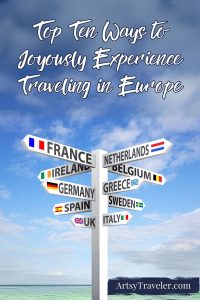Top Ten Ways to Joyously Experience Traveling in Europe
Artsy Traveler contains affiliate links for products and services I personally use and can happily recommend. As an Amazon Associate, I earn from qualifying purchases. Please read the Disclosure for more information. If you make a purchase through these links, at no additional cost to you, Artsy Traveler earns a small commission. Thank you!
In the aftermath of the pandemic, everyone and their cousin who wants to travel and can travel is heading for Europe. Recently, Italy was named the number one tourist destination in the world, with France close behind. Many destinations are full to bursting with visitors, which means sold-out accommodations, packed beaches, and museums filled to the rafters.
Some communities, such as Barcelona and Malaga in Spain, and Santorini in Greece, have even launched campaigns to limit the number of tourists permitted to invade their hometowns at any one time.
Introduction
I’ve experienced my share of crowds all flocking to experience the same iconic sites—the Sagrada Familia in Barcelona, the Uffizi in Florence, the Colosseum in Rome, the Eiffel Tower in Paris. Thousands surge into spaces meant for hundreds, each holding aloft a smartphone to capture the moment.
The joys of travel—discovering new places, meeting new people, learning new things, enjoying great art—quickly dwindle in the face of relentless crowds, inflated prices, and grumpy locals.
Interacting with Locals
When you travel to a new place, consider looking for opportunities to interact with locals instead of lining up for the big-ticket sites. Sample local food, check out off-the-beaten path museums and galleries, meet local artists and artisans, go to local concerts, ride public transit, and wander around back streets where local people live.
You can do all these things in even the most heavily-touristed destinations if you’re willing to zig away from the crowds rather than zag towards them. Doing so may require you to skip the most famous—and crowded—sites. But the rewards more than make up for any lingering feelings of FOMO (Fear of Missing Out).
Here are my top ten ways to joyously enjoy your European travels.
1. Check Restaurant Reviews
Chances are you’re traveling with a smartphone. Use it to find restaurants that fellow travelers and especially locals have rated highly. Ever since I started checking reviews and purposely choosing restaurants instead of wandering the streets in hopes of finding a place, I’ve enjoyed numerous awesome dining experiences.
In fact, I can safely say that almost every highly rated restaurant I’ve eaten at in Europe in the last few years was a winner.
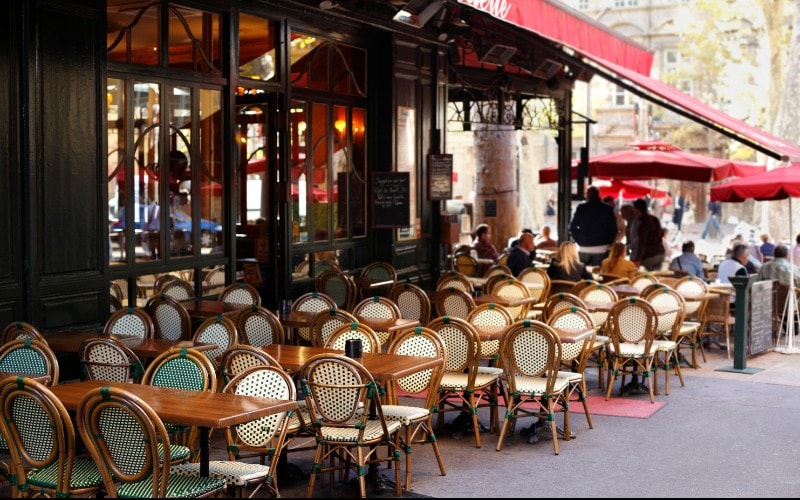
Search Criteria
I search for restaurants that have at least a 4.5-star average review and then read what people say about the quality of the food and the service. If most of the best reviews are in the local language, that’s a plus because it means the restaurant is well frequented by locals.
Make Reservations
Once I’ve made my choice, I visit the restaurant’s website and call to reserve a table or use the online booking system if it’s available. I’ve found in recent years that reservations are essential in many popular places. Without one, you may well be wandering for quite some time before finding a well-reviewed restaurant with available tables.
Note that during busy periods, you may have better luck choosing a reservation time when the restaurant opens (usually 7 or 8 pm, depending on the location). Europeans tend to eat dinner later than North Americans. If you make a reservation for 7 pm, you may well have the restaurant to yourself.
A good rule of thumb in any big European city is to steer clear of restaurants that are full of tour groups reading multi-lingual plasticated menus in high-rent locations such as the Piazza Navona in Rome.
Walk a few blocks away from the busy areas to quiet side streets and you’ll find favorite local restaurants with superb food.
Ask a Local for Recommendations
Another good strategy is to ask your hotel to recommend a local restaurant and then make a reservation for you. Every time we’ve gone to a restaurant recommended by our hotel, we’ve had a great meal.
For a giggle, check out what happened to me when I did not follow my own advice in Bella Roma Rip-off, one of the pieces in Pastel & Pen: Two Ways of Seeing, a collaboration of my writing with Gregg Simpson’s artwork. Gregg is an artist and my husband and usual travel companion.
2. Seek Out Lesser-Known Museums
Your sightseeing time is precious. Instead of spending it waiting in long lines, seek out museums and other sites that may be less well known but are just as interesting (sometimes more so) and considerably less crowded. These days, you’ll stand in line to tour the big sites even if you book ahead. On a recent trip to Pompeii, I lined up for forty minutes to get my skip-the-line ticket that I’d purchased online days earlier, and then lined up for another twenty minutes in the skip-the-line line to get into Pompeii.
Instead of sweating in the queue outside the Louvre in Paris, visit the lovely Rodin Museum.
In Amsterdam, skip the Van Gogh Museum (or go very early in the day) and visit the charming and informative Rembrandt Huis.
In Rome, forget the Vatican Museum and head instead to the marvelous Etruscan Museum that houses an incredible collection of treasures. Both times I’ve visited, the museum was virtually empty, which is in no way a reflection on the quality of the displays. The museum just happens to be so far off the beaten track of Rome’s iconic sites that few tourists find it.
Enjoying this post? Subscribe to Artsy Traveler to Receive Valuable Travel Tips and Your FREE Guide: 25 Must-Do Artsy Traveler Experiences in Europe for 2025
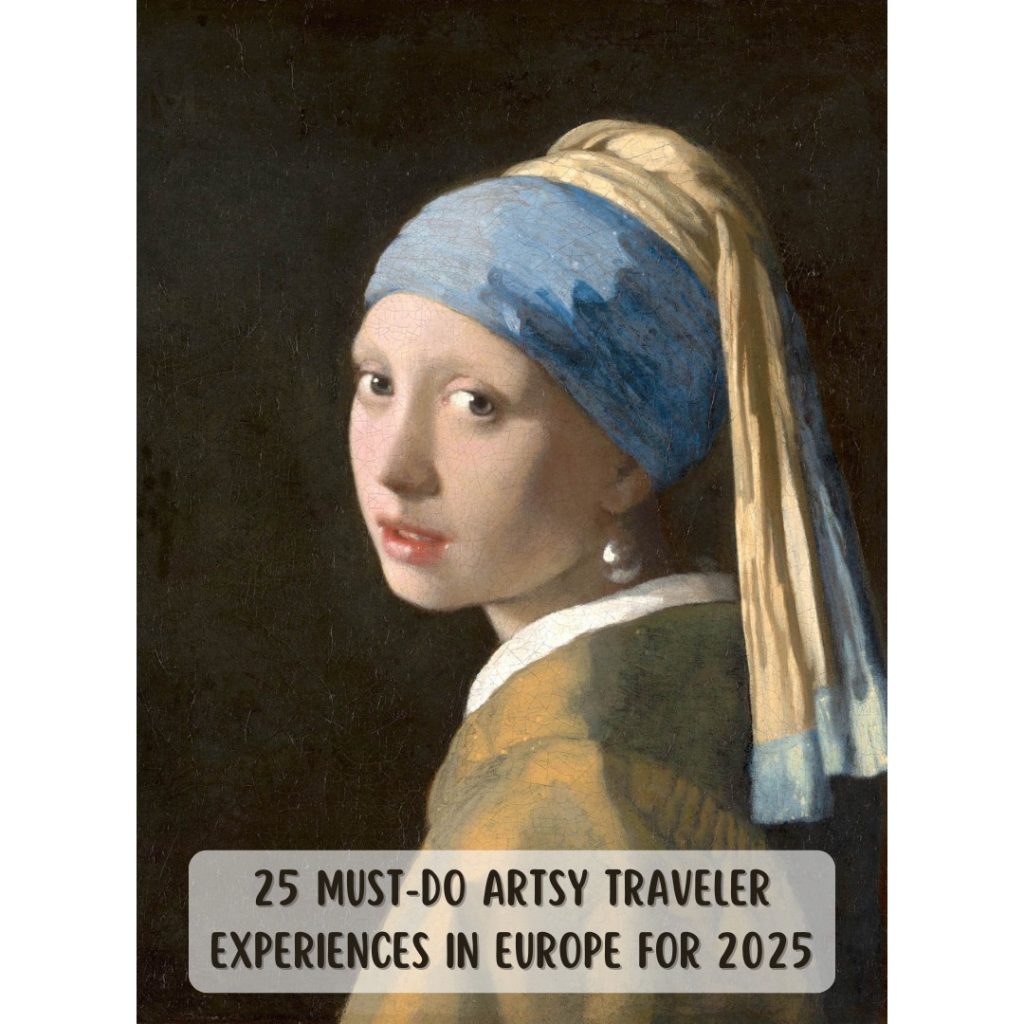
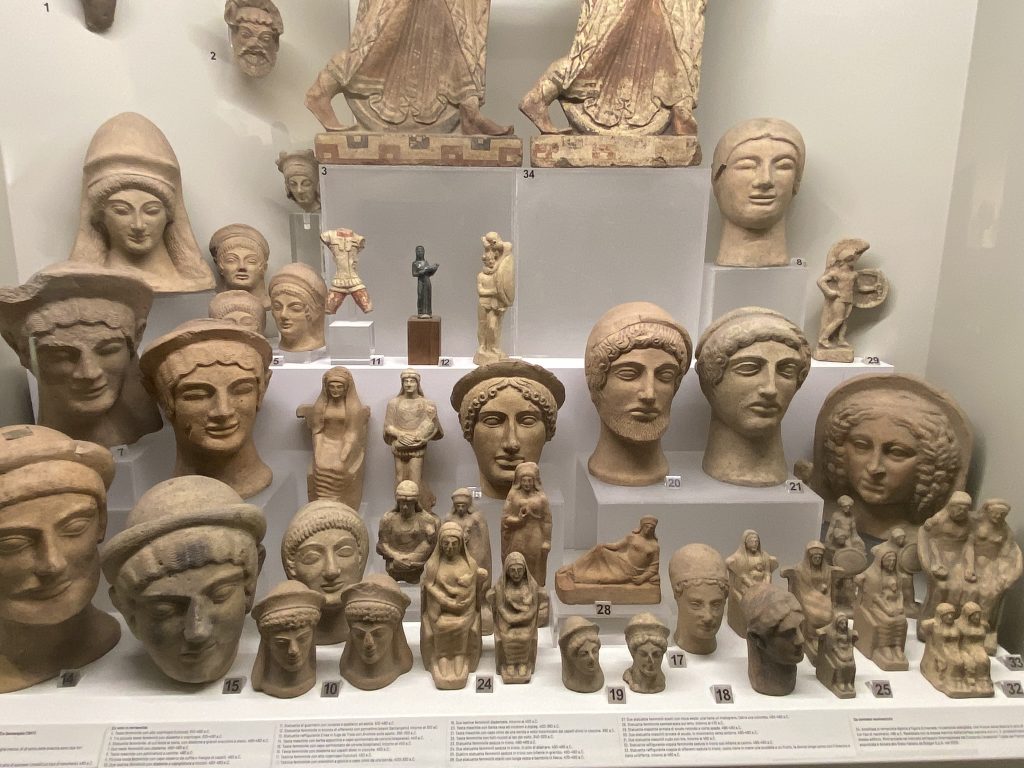
Lesser-Known Museums to Visit
Here are posts about some of my favorite lesser-known and fabulous museums:
- Visit Rome’s Best Kept Literary Oasis: The Keats-Shelley House
- Visiting Netherlands: My Best Tips for an Awesome Trip
- Seven Super Single-Artist Museums in Europe You Should Visit
- Courtauld Gallery in London: A Treasure Trove for the Artsy Traveler
3. Go to Art Openings
If you’ve checked out other posts on Artsy Traveler, you’ll know that a lot of my European travel centers around my husband’s art exhibitions. Most exhibitions include an opening (a vernissage in France; an inaugurazione in Italy). These events often include food and wine, and a short talk by the artist and the curator. They are also free to anyone who wants to drop in.
We’ve frequently met fellow travelers at Gregg’s openings, in addition to local art lovers, and have attended the openings of exhibitions by other artists—some we knew, some we didn’t. We always have a memorable time!
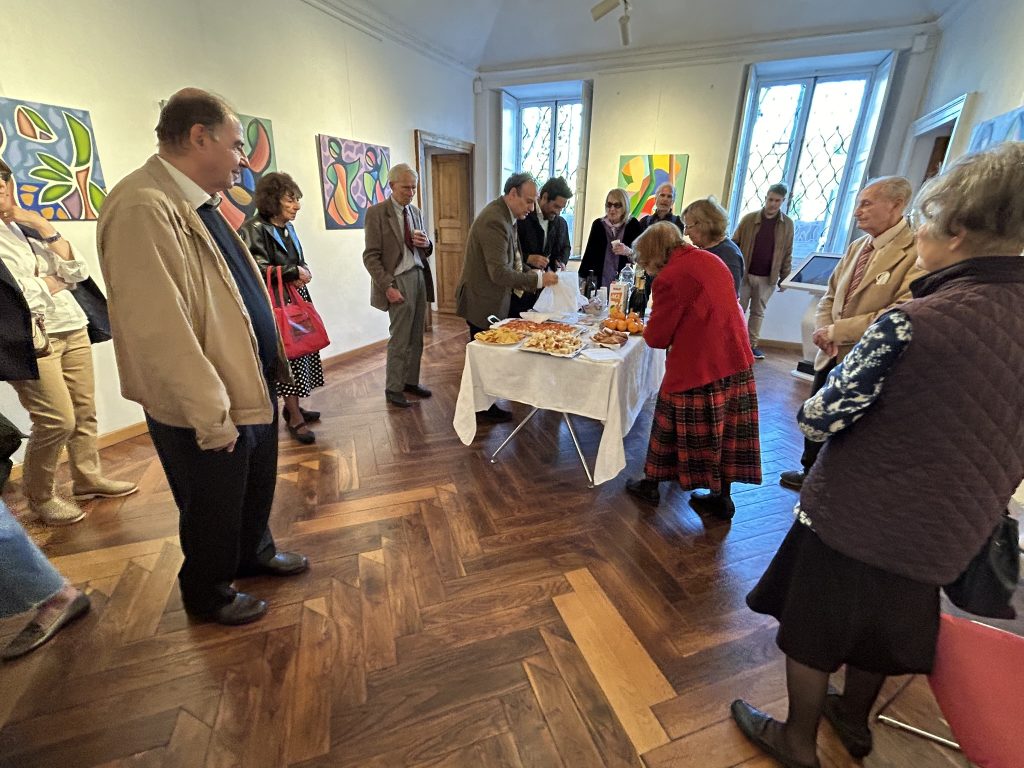
Finding Art Openings
To find art openings, check online listings. Also, stroll areas that have a lot of art galleries, such as the Left Bank and Marais districts in Paris. You’ll have the most luck finding an opening in the early evening on Thursdays, Fridays, and Saturdays.
If you pass an art gallery hosting an opening, don’t be shy! Walk in and say hello, check out some artwork, and maybe even have a glass of wine and an appetizer. You’re bound to meet a few locals who speak English, or you can practice your language skills.
4. Attend Local Concerts and Events
One of my favorite things to do when traveling in Europe is going to classical music concerts. Sometimes, I book tickets ahead of time to see a particular concert, but at other times, I look for posters and flyers.
On a recent trip to Siena, I picked up a flyer in our hotel advertising an intimate concert with a singer and pianist held in a local church. It was magical!
While in Rome, we saw a poster advertising concerts at the stylish Auditorium Parco della Musica well off the tourist beat north of the city. We bought tickets, and enjoyed two fantastic concerts with other music lovers, the vast majority of whom were locals.
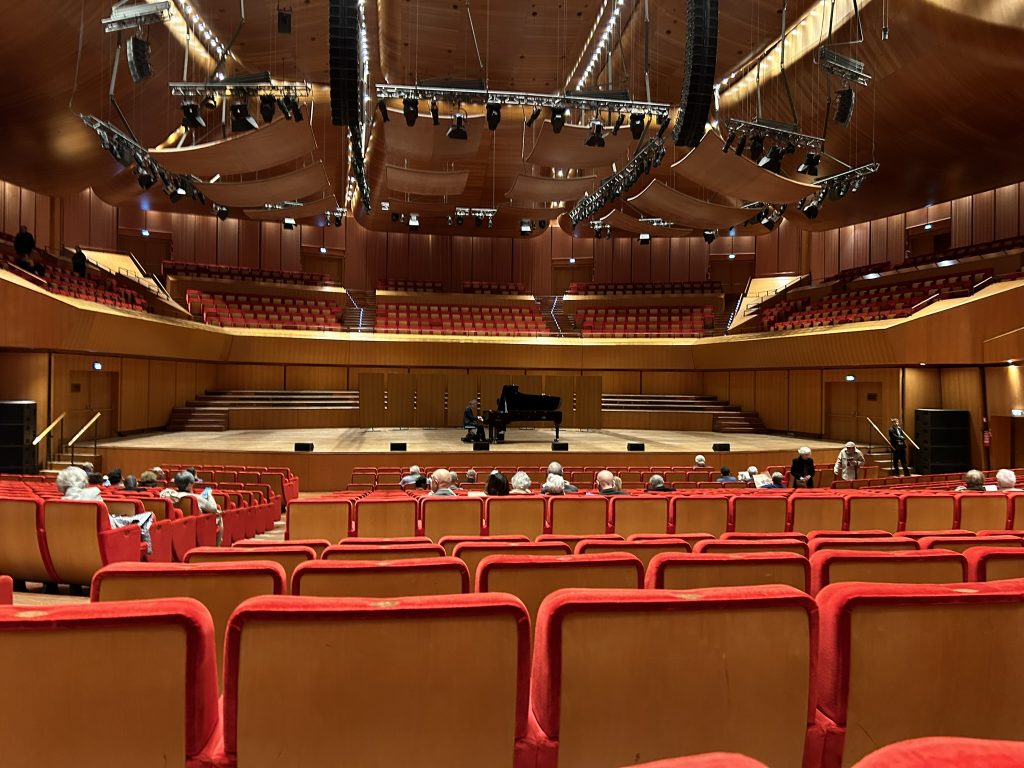
Tourist Concerts
I find that attending concerts in Europe really enhances my appreciation of the local culture. Even if the concert is advertised for tourists—such as a flamenco performance in Seville—it’s going to be good.
Trust me on this. We’ve enjoyed fado in Lisbon, flamenco in Spain, medieval music in southern France, opera in Paris, folk music in Bacharach on the Rhine, Vivaldi in Venice, Stravinsky in Berlin, Chopin in Leipzig, Shostakovich in Hamburg…I could go on and on.
And best of all, prices for classical music concerts in some of the world’s best concert venues are shockingly reasonable compared to what we pay to attend a concert in Canada.

5. Ride Public Transit
Few travel experiences bring you closer to locals than riding busses, trains, and metros. These days, you can pay for most transit options with a tap of your credit card. I love hopping on a bus and following my progress on Google Maps, so I know exactly where to get off.
I also enjoy people-watching on public transit. On very crowded busses and metros, just be sure to keep a good grip on your valuables. While violent crime in Europe is rare, pickpockets do flourish in crowded cities.
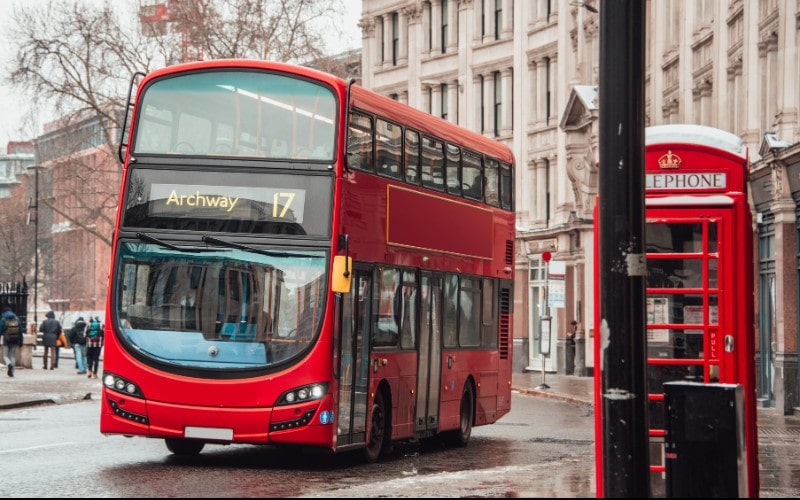
A Cautionary Tale
A word of caution about bus travel. If you happen to have a paper ticket, ALWAYS remember to validate it when you get on the bus. I learned this lesson the hard way. On a recent stay in Turin, I got on the bus, paper ticket in hand, and noticed that no one else was validating their tickets at the machine. I wrongly presumed that validation wasn’t required. Maybe it was a special holiday?
Ten minutes later, an inspector got on the bus and started checking tickets. Everyone on the bus held up their smartphones. As tourists, we had only the paper tickets we’d purchased from the local tobacconist. When the inspector came to Gregg and me and tried to scan our tickets—nada. My protestations of being a dumb tourist fell on deaf ears. That mistake cost us 40 euros—each.
So, just because no one else is validating their ticket doesn’t mean you shouldn’t validate your ticket!
6. Shop for Food in Local Markets
Shopping for snacks, lunches and the occasional dinner in your hotel room or apartment not only lets you experience life as a temporary local, but it also saves you money. In general, food prices are lower in Europe (although starting to rise). The quality of the fresh produce is also far superior to what is found in the average North American grocery store.
I love prowling the aisles of a European supermarket and ordering pre-made food at the in-store delis. I’ve typically found the staff to be friendly and tolerant of my attempts to at least say hello, good-bye and thank you in their language.
Outdoor Markets
Be on the lookout for open-air markets where you’ll find a dizzying array of foods along with clothing and knick-knacks. Some cities also have large indoor markets, such as the Mercado de Triana in Seville.

7. Take a Cooking Class
When you take a cooking class in Europe, you’ll meet travelers from around the world and learn from a local chef. I’m a firm fan of cooking classes and take one every chance I get.
On a recent trip to Rome, I learned how to make gelato and pizza with lovely Marco: Pizza, Gelato, Suppli–Oh My! A Fantastic Cooking Class in Rome
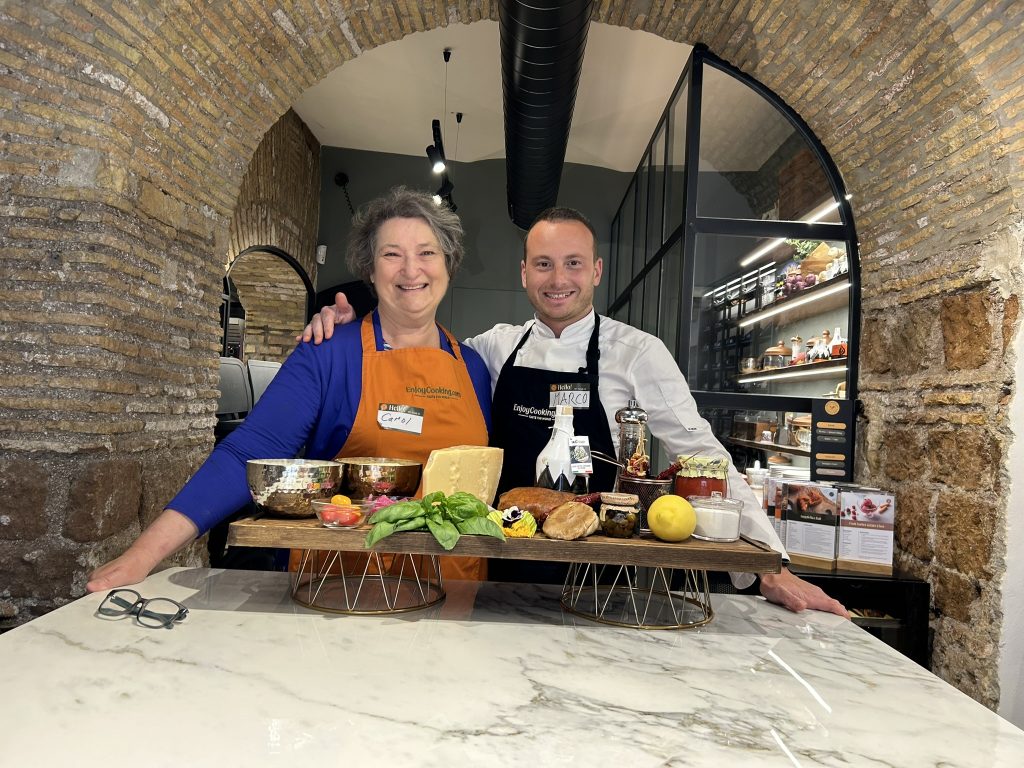
In a tapas class I took in Madrid, I met fellow travelers from Australia, Holland, the UK, France, and Korea.
8. Go on a Walking Tour
I’ve also become a big fan of walking tours, particularly specialty tours that cater to a specific interest. In Rome, I went on a walking tour of the old Jewish ghetto. In London, I explored the back alleys and colorful history of the Covent Garden theater district. In Stratford-upon-Avon, I joined three other people for a small walking tour with a guide pretending to be William Shakespeare.
Walking tours usually take you behind the scenes and to places where regular bus tours can’t go. The guides are often locals who are very enthusiastic about their subject and love showing off hidden gems.
A great source for walking tours is GuruWalk. All the tours listed are pay-what-you-can and run by locals. Here are some of the free walks available from GuruWalk in Paris.
9. Skip the Iconic Sites
Yes, this recommendation is blasphemy but heeding it could make the difference between reveling in a relaxing and memorable European vacation and enduring one that leaves you hot, bothered, and blistered. When you’re planning what you want to see, consider not visiting super popular sites such as the Colosseum in Rome, the ruins in Pompeii, and the Eiffel Tower in Paris. Instead, choose smaller, lesser-known museums and sites, and leave more time for wandering.
By all means, stroll past the Colosseum and view the Eiffel Tower from one of the bridges. Snap some photos and drink in the view. Then, veer off into a shady side street and enjoy an hour or tour wandering around a quiet neighborhood, sitting in a park, and enjoying a drink at an outdoor café surrounded by locals.
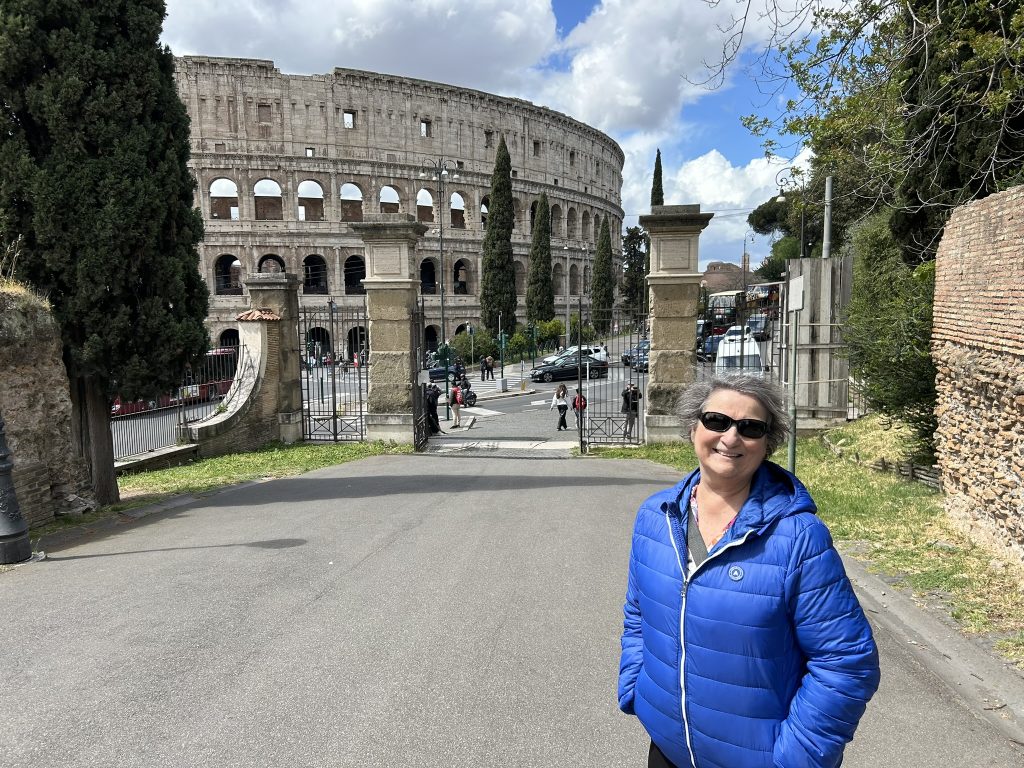
Travel isn’t all about ticking off the big sites. Instead, think of travel as your opportunity to surround yourself with a kaleidoscope of interesting sights, sounds, and smells.
Slow down and savor the displays in a small museum, make time for a concert or an art opening, be on the lookout for a local festival, and just be.
10. Walk Away from the Crowds
Even in Venice, one of Europe’s busiest tourist cities, you can find solitude. Leave the busy piazzas and thoroughfares and within seconds, you’ll be wandering down narrow alleyways and crossing tiny bridges spanning sleepy canals that look like they haven’t been disturbed for centuries.
Even in crowded Venice, you can easily find quiet corners
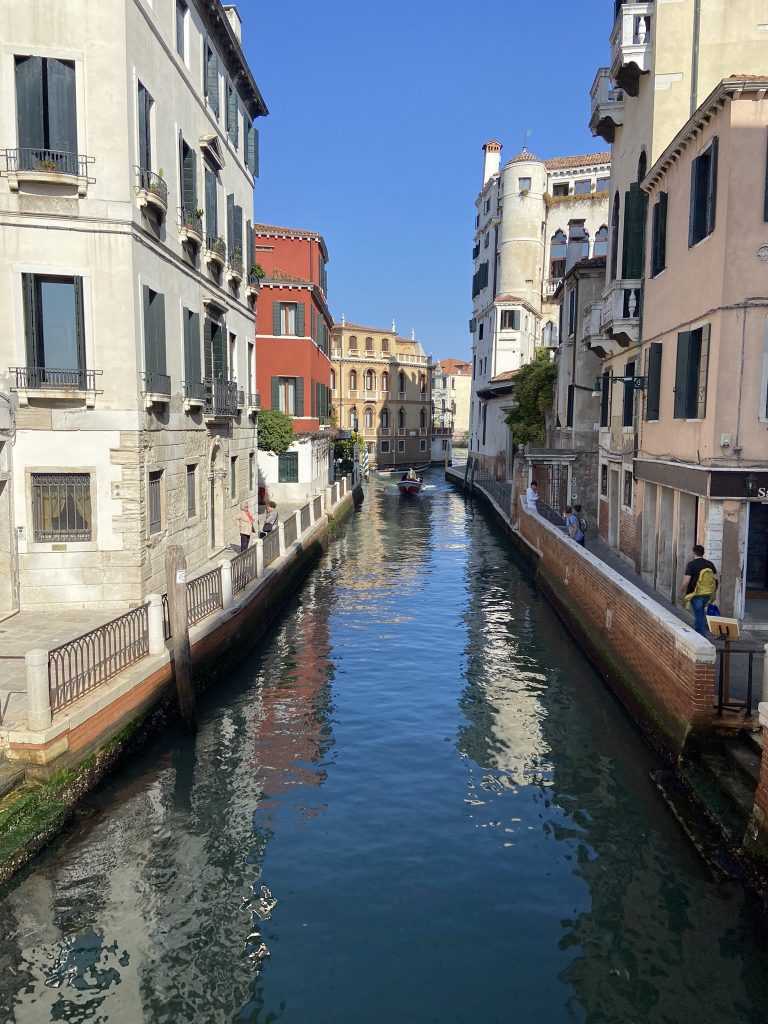
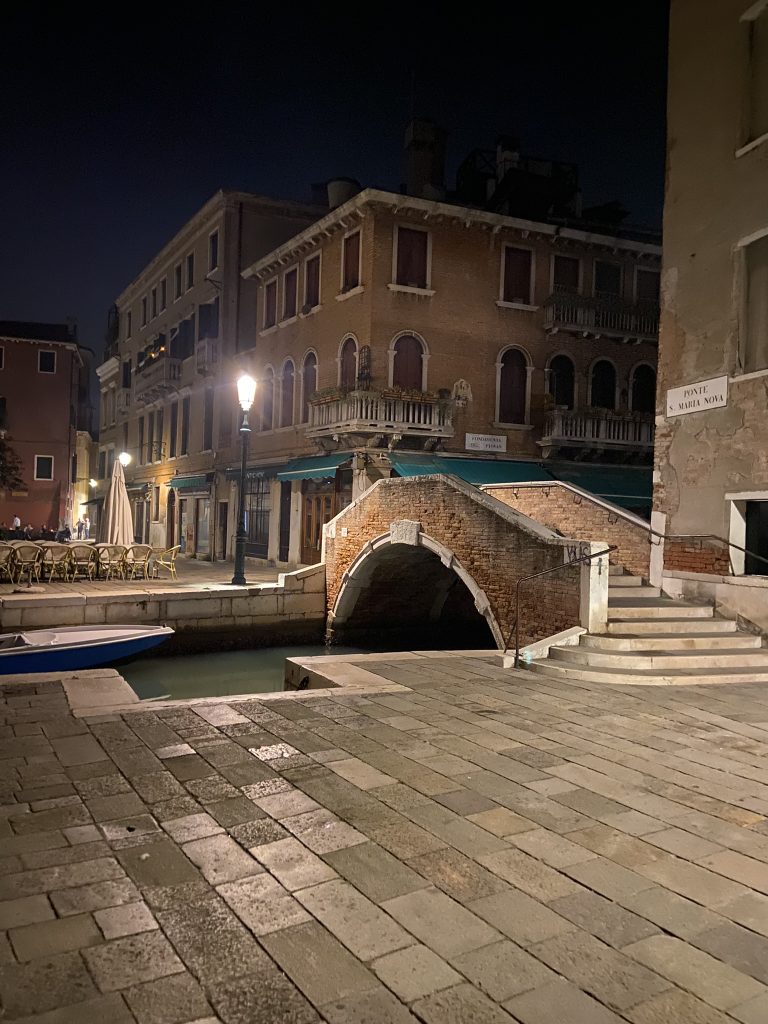
I skirt the main tourist drags in busy towns by going left or right down the first narrow street I see. I may get a bit lost, but I’ll also find glorious solitude and the chance to commune with the past.
Siena’s Campo bustles with tourists but walk a few meters down a side street and you’re alone and surrounded by buildings that haven’t changed much in 700 years. And at night, you’ll even have the Campo all to yourself.
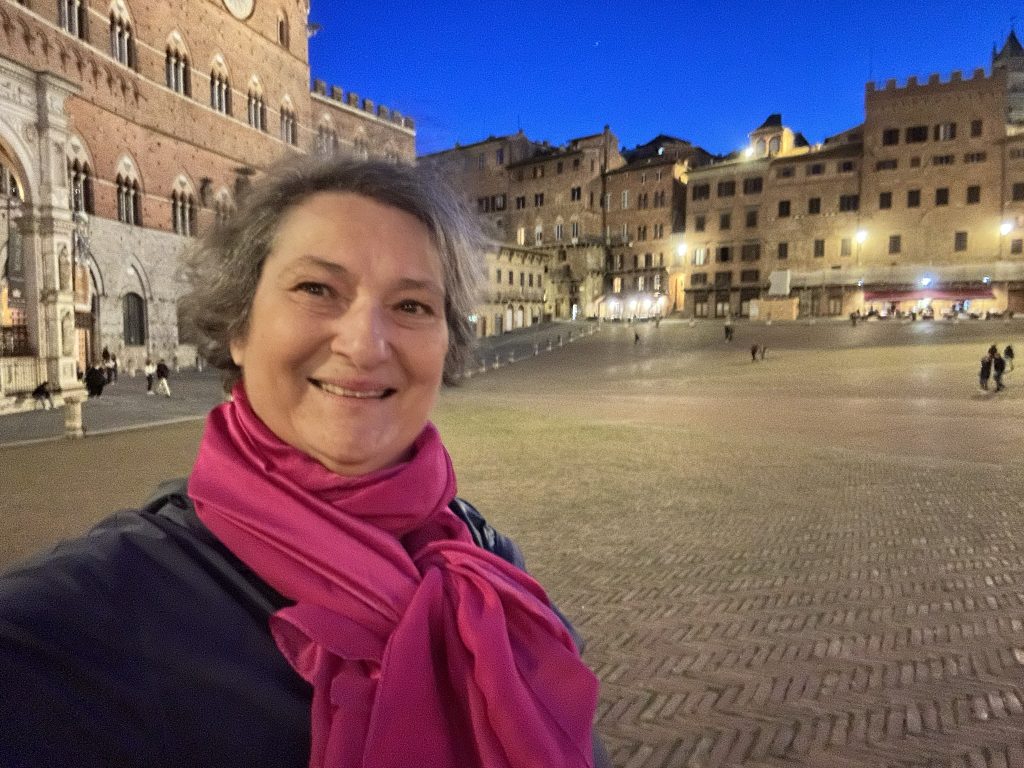
Such opportunities for quiet encounters with history make European travel endlessly appealing.
Some of My Favorite Uncrowded European Sites
- A Week in Fascinating Little Padua Reveals Hidden Treasures
- How to See the Art of Pompeii at the National Archaeological Museum in Naples
- A Trio of Must-See Museums in Copenhagen
Conclusion
What are your tips for avoiding crowds in Europe? Share your thoughts and experiences in the comments below.

